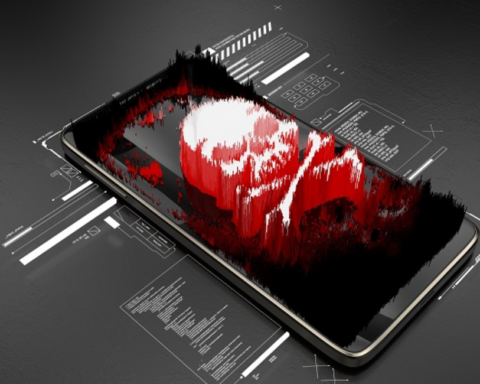Android malware skyrocketed by almost 300 times between 2011 and 2014 which is an exponential increase in the estimate of Android malware that have been detected and reported, highlighted Quick Heal’s Annual Threat Report for 2014.
The report says 536 new malware families and a further 616 new variants  affecting the Android platform were detected. The increase in malware and cyber threats on Andorids is directly attributed to the rise in Android-based smartphone sales and usage across the world.
affecting the Android platform were detected. The increase in malware and cyber threats on Andorids is directly attributed to the rise in Android-based smartphone sales and usage across the world.
These uprising trends also indicate that the dominance of mobile malware attacks will continue in 2015 as well.
Quick Heal Labs detected close to 3 million malware samples throughout the year. Moreover, attackers have devised techniques to pervade the Google Play store and have now started publishing fake apps and games on this social channel in order to trick unsuspecting users as well.
Sanjay Katkar, chief technology officer, Quick Heal Technologies, said: “The year 2014 has been an eventful year, while attackers are continually devising new methods to infiltrate systems and devices, security companies have to be more proactive and alert than ever. The threat landscape has drastically changed over the last few years and this makes our job harder and highlights the importance that users and enterprises must pay to channels such as social media, web-based services, cloud portals and more. All bits of data can be monetized today.”
2014 also saw Ransomware affecting the Android platform, which up until now was common on the Windows platform. Ransomware encrypts devices and demands a ransom payment. Android was also subjected to the first Worm that spreads through SMS and propagates to other devices in an endless chain, said the study.
The report also highlighted the major malware threats and attacks over Windows in the year 2014. Microsoft Windows which is a most dominant operating system(OS) for computers around the world, was subjected to several high prole attacks and security vulnerabilities such as Heartbleed, ShellShock, Poodle and more. Nonetheless, the platform recovered from all these malwares, but not without hundreds of thousands of machines falling prey to these loopholes. The rising numbers and popularity of Windows Phone OS, it is expected that 2015 will see tremendous growth in malware samples and attacks over the platform.
Like Android and Windows, Apple’s iOS is also under attack. The malware primarily spread through apps that were downloaded from third-party stores and then stole information from infected devices. It even possessed the ability to reach Apple laptops and desktops when an iPhone was connected via a USB cable. In 2015, Apple’s Cloud Drive, Apple Pay and NFC systems also seem to be at risk.
The report suggests that new cashless payment systems and banking credentials and apps are going to come under the radar of malware authors in 2015. Increasing use of Wi-Fi networks will become the new battleground as hackers will look to launch man-in-the-middle attacks to interrupt, redirect and intercept mobile traffic packets.








